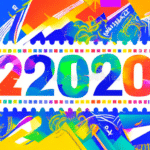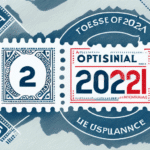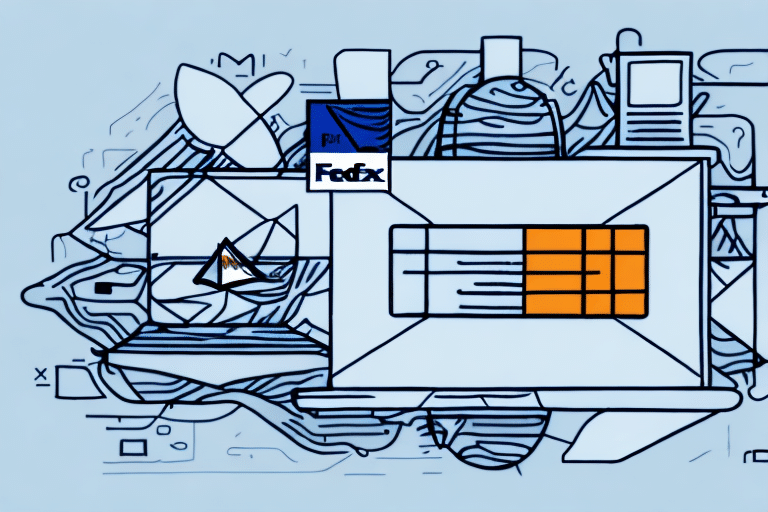A Brief History of First Class Postage Rates
The United States Postal Service (USPS) has been a cornerstone of American communication since its inception in 1775. Over the centuries, first-class postage rates have undergone numerous adjustments to reflect economic conditions and operational costs. As of 2023, the price of a first-class postage stamp is $0.63, marking a continued trend of incremental increases to keep pace with inflation and USPS expenses. Historically, since the introduction of the ZIP code system in 1971, first-class postage rates have generally risen to accommodate the growing complexities of mail sorting and delivery.
Inflation and operational demands have consistently influenced rate adjustments. For instance, in 2022, the USPS increased the first-class postage rate from $0.58 to $0.63, aligning with an annual inflation rate of approximately 2.1% as reported by the Bureau of Labor Statistics.
Understanding the Different Classes of Postage
First Class Mail
First Class Mail is the most widely used postal service for personal correspondence and lightweight business mail. It is ideal for letters, postcards, and small packages weighing up to 3.5 ounces. This class offers reliable delivery typically within 1-3 business days.
Priority Mail
Priority Mail provides faster delivery within 1-3 business days and is suitable for larger envelopes and packages. It includes free tracking and insurance coverage up to $50. This service is often preferred by businesses that require expedited shipping for customer orders.
Retail Ground
Retail Ground is a more economical option for sending larger and heavier packages, with delivery times ranging from 2-8 business days. It includes USPS Tracking and insurance coverage up to $100, making it a viable option for bulk shipments.
Factors That Influence First Class Postage Rates
Inflation and Economic Factors
Inflation is a primary driver of postage rate increases. The USPS adjusts its rates annually to account for rising operational costs and to maintain financial stability. According to the USPS Office of Inspector General, operational expenses have steadily increased, necessitating periodic rate hikes.
Mailpiece Size and Weight
The size and weight of the mailpiece significantly impact postage costs. The USPS has established specific size and weight limits for first-class mail. Mailpieces exceeding these limits are subject to higher rates. For example, a standard first-class letter up to 1 ounce costs $0.63, while each additional ounce increases the cost by $0.24.
Bulk Mailing Discounts
Businesses that send large volumes of mail can benefit from bulk mailing discounts. These discounts are designed to encourage high-volume mailings and can result in substantial savings. To qualify, mailers must adhere to USPS formatting and sorting guidelines outlined by the USPS Marketing Mail Guidelines.
How the USPS Determines First Class Postage Prices
Pricing and Classification Service Center (PCSC)
The USPS Pricing and Classification Service Center (PCSC) is responsible for setting postage rates. The PCSC conducts comprehensive financial analyses, stakeholder consultations, and market research to determine appropriate pricing structures. Factors such as cost of operations, competitive landscape, and service quality are integral to their decision-making process.
Weight and Distance Calculations
Postage prices are calculated based on the weight of the mailpiece and the distance it travels. Heavier mailpieces incur higher postage rates due to the increased resources required for processing and delivery. Additionally, the USPS divides the country into different postal zones; greater distances typically result in higher postage costs.
For more detailed pricing structures, refer to the USPS Postage Price Guide.
Comparing First Class Postage Rates Across Countries
First-class postage rates vary globally due to factors such as inflation, economic conditions, and postal service efficiency. According to the Universal Postal Union, as of 2023, the first-class postage rate in the United States is $0.63. Comparatively, Canada charges approximately CAD $1.07, France €1.16, and the United Kingdom £1.20 for equivalent services.
These rates are subject to change based on national economic policies and postal service budgets. Additional fees may apply for expedited or international services, so it's advisable to consult local postal authorities for the most current pricing information.
Tips for Saving Money on First Class Mail
Utilize USPS Online Tools
Employing USPS's online tools to calculate postage can help ensure you are paying the correct amount. The USPS Postage Price Calculator allows users to determine the exact postage required based on weight and dimensions.
Purchase Postage in Bulk
Businesses with regular mailing needs can save by purchasing postage in bulk or using a postage meter. These methods often come with discounted rates and streamline the mailing process.
Optimize Mailpiece Design
Avoid using oversized or unusually shaped envelopes, which can incur higher postage costs. Adhering to USPS size and weight guidelines for standard letters can maximize savings.
Leverage Flat-Rate Packaging
For heavy or bulky items, USPS Flat-Rate Packaging offers a cost-effective solution. A single flat rate applies regardless of weight, provided the item fits within the designated packaging.
Take Advantage of Promotions and Discounts
The USPS periodically offers promotions and discounts, especially for nonprofit organizations and small businesses. Staying informed about these opportunities can result in significant savings.
How to Calculate First Class Postage for Different Mail Types
Using the USPS Postage Calculator
The USPS Postage Calculator is an invaluable tool for determining the correct postage based on mail type, weight, and destination. By entering the specific details of your mailpiece, you can obtain an accurate postage amount.
Bulk Mailing Considerations
For bulk mailings, USPS offers discounted rates through the Marketing Mail service. To qualify, businesses must comply with specific formatting and sorting requirements. Detailed guidelines can be found on the USPS Marketing Mail page.
Mailpiece Shape and Classification
The USPS categorizes mailpieces as letters, flats, or packages based on their size and shape. Each category has distinct pricing structures:
- Letters: Must be rectangular and meet specific size requirements to qualify for the lowest postage rate.
- Flats: Larger than letters but still flexible, such as catalogs or larger documents.
- Packages: Rigid or semi-rigid mailpieces that do not conform to letter or flat specifications.
Ensuring your mailpiece complies with USPS guidelines can help avoid unnecessary postage expenses.
The Impact of Technology on First Class Mail and Its Rates
Digital Communication Trends
The rise of digital communication methods, including email, instant messaging, and social media, has decreased the reliance on traditional mail services. This shift has led to a decline in first-class mail volume, impacting USPS revenue and contributing to the necessity of postage rate increases.
Innovations in Mail Delivery
Technological advancements are transforming mail delivery processes. USPS is exploring the use of drones to enhance delivery efficiency, particularly in rural and hard-to-reach areas. While promising, regulatory and safety challenges must be addressed before widespread implementation.
E-commerce Growth
The exponential growth of e-commerce has significantly increased the demand for package delivery services. USPS has responded by expanding services like Package Pickup and Package Intercept. However, the surge in package volume has also strained USPS infrastructure, necessitating further technological investments to maintain service quality and efficiency.
Future Predictions for First Class Postage Rates
Looking ahead, USPS is expected to continue adjusting first-class postage rates in response to economic pressures and operational demands. Experts anticipate further rate increases to sustain USPS's financial health and service standards. Additionally, the integration of digital solutions, such as Informed Delivery, may redefine traditional mail services by blending physical and digital interactions.
As digital communication continues to evolve, USPS may explore hybrid models that leverage technology to streamline operations and offer innovative services. These adaptations will be crucial in maintaining the relevance and sustainability of first-class mail in an increasingly digital world.
In conclusion, staying informed about USPS rate changes, understanding mailing classes, and leveraging available resources and discounts can help individuals and businesses manage their mailing costs effectively. Embracing technological advancements will also play a pivotal role in optimizing mail delivery and ensuring the continued viability of first-class postage services.








